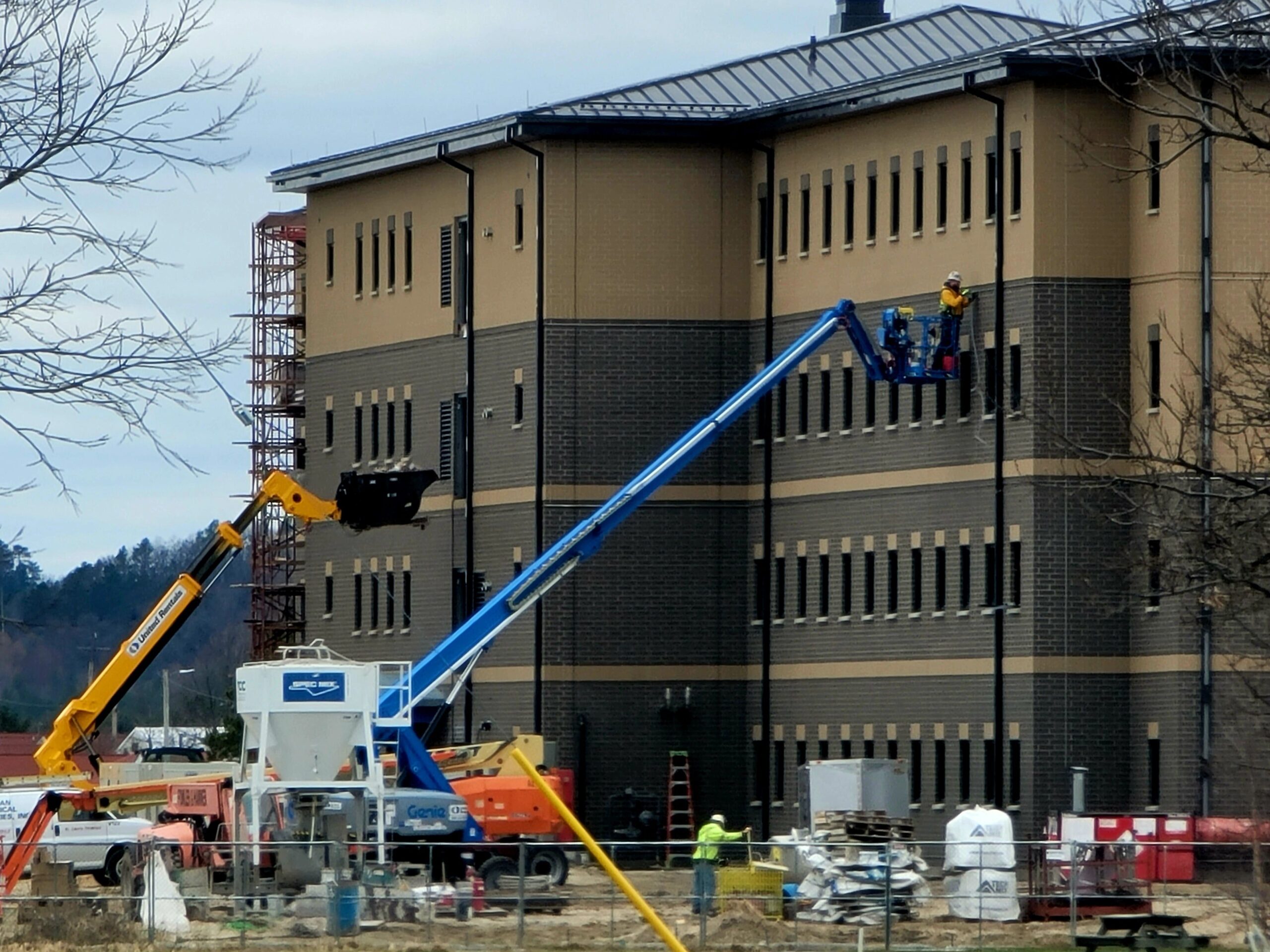Army installations around the world will have extra time to complete a service-wide building inspection directed back in October, service officials told Army Times.
According to the original Oct. 7 execute order provided by Army officials by Army Times directing the “life, health, safety, and mold inspections” of all active duty facilities, commanders were expected to finish by Nov. 18. The inspections were unveiled a series of reports by Military.com revealed endemic mold issues impacting soldiers at Fort Stewart, Georgia, and Fort Bragg, North Carolina.
But they proved a major task, explained Paul Schaefer, a deputy director of logistics at Army Materiel Command who leads the service’s facilities investment plan.
So the Army extended the deadline to Jan. 18, Schaefer and a spokesperson confirmed.
The facilities planner said the service has updated how it records and measures building inspections, and the new data will play a critical role in helping the Army reorder its priorities for maintenance, renovation and replacement construction work. And the later deadline will still permit Schaefer and others to crunch the numbers at the annual Facilities Investment Plan wargame in late January, he said.
“In the past, we did a more subjective analysis on our facilities where you take a clipboard with a checklist and you walk through and you say, ‘Yeah, that looks alright. That doesn’t look right,’” and record the data on the checklist, Schaefer said in a Nov. 30 phone interview.
The Defense Department and the Army have been coordinating for “several years” to implement a new assessment system that is “less subjective” and requires “technical experts” for the inspection rather than personnel who might only perform the task as an additional duty, Schaefer said.
The Army-wide inspection order will ensure that all facilities are evaluated on the BUILDER assessment system, which rates buildings on a 0-100 scale, “in order to get rid of any ambiguity at all,” said Schaefer. A significant portion of the service’s buildings were not up-to-date with the new scale, he explained, including the Smoke Bomb Hill barracks at Fort Bragg that saw a massive resident relocation after a surprise inspection from the Army’s top NCO, Sgt. Maj. of the Army Michael Grinston.
Schaefer added that the Army is investing in data analysis capabilities for the facilities planners at Army Materiel Command that will assist in prioritizing facilities for budget and resource planning.
Examples include automated notifications triggered by a major change in a building’s condition score and predictive models for facility degradation co-developed with the Army Corps of Engineers, among others. But models are only as good as the information fed into them, which necessitated the mass inspection.
With standardized and accurate input data, “these tools allow us to see ourselves in a way we haven’t been able to see ourselves in the past,” explained the facilities planner. “Nowadays, with the tools we’re creating, we have real-time information available,” he added, though he said the command “still [has] a lot of work to do” in data analytics.
Their task is daunting. The Congressional Budget Office recently revealed more than $19 billion in deferred maintenance, and Schaefer said their report is “a little limited” in scope and didn’t include tens of thousands of additional facilities.
“Given how tight resources [for facilities] are,” explained Schaefer, it’s “absolutely critical that we make the best decision possible based upon real-time data, especially due to the fact that we’re spending taxpayer money…we take that very seriously.”
Davis Winkie is a senior reporter covering the Army, specializing in accountability reporting, personnel issues and military justice. He joined Military Times in 2020. Davis studied history at Vanderbilt University and UNC-Chapel Hill, writing a master’s thesis about how the Cold War-era Defense Department influenced Hollywood’s WWII movies.

